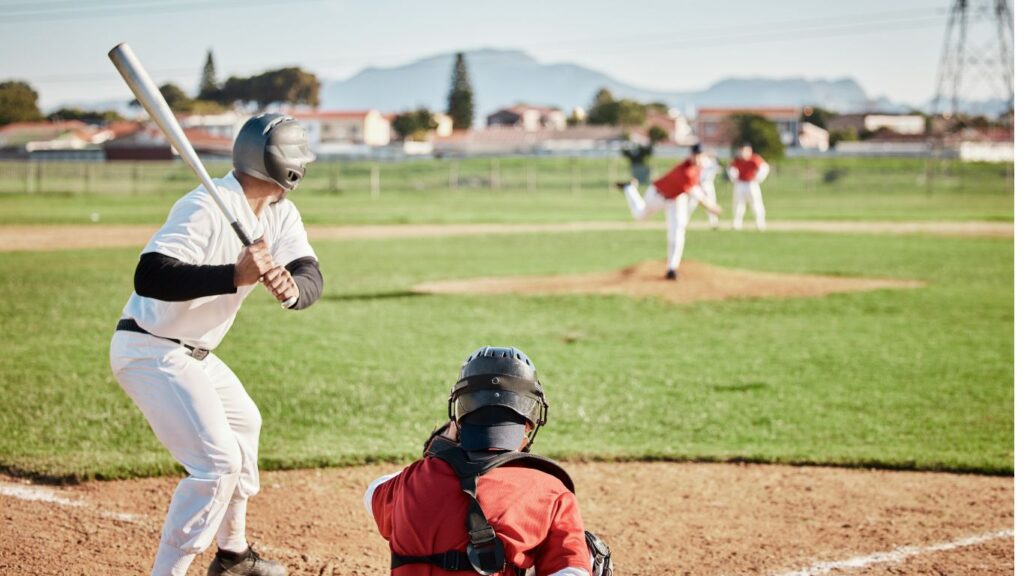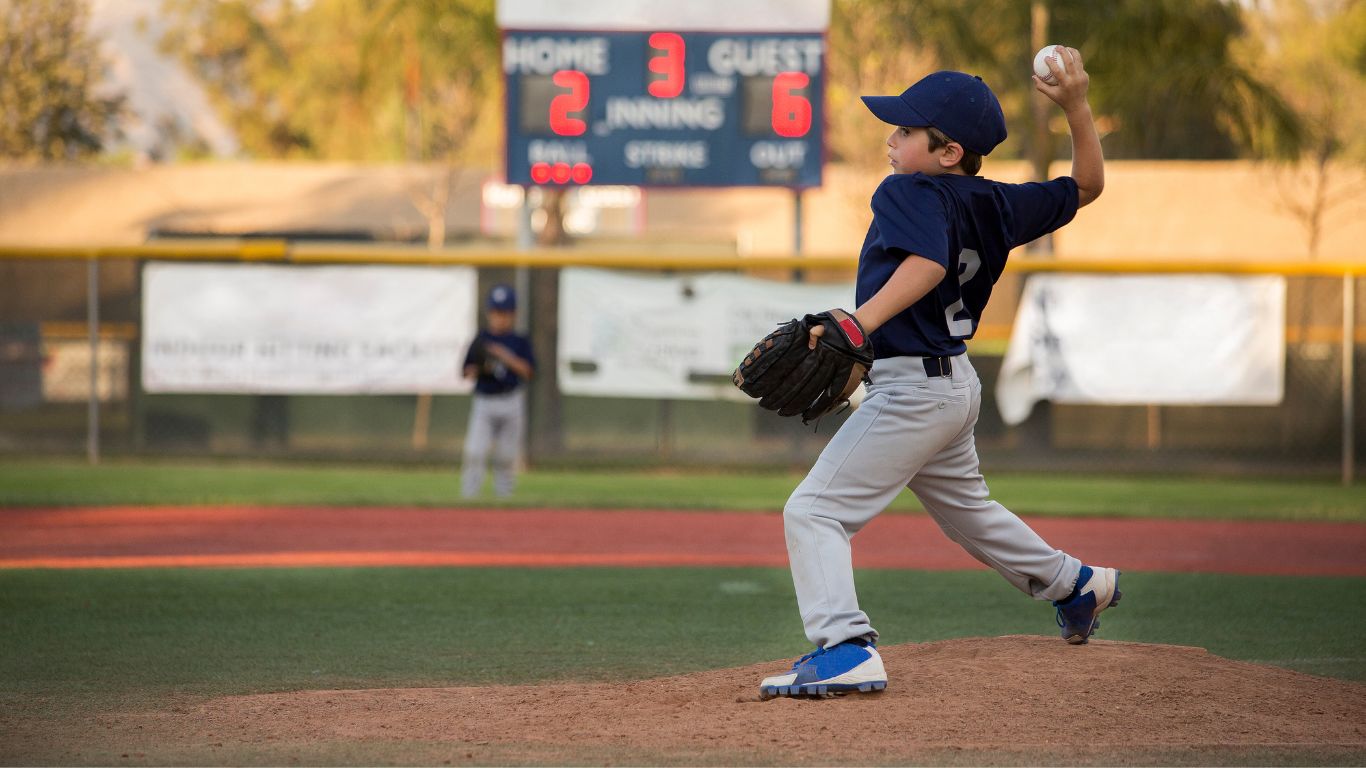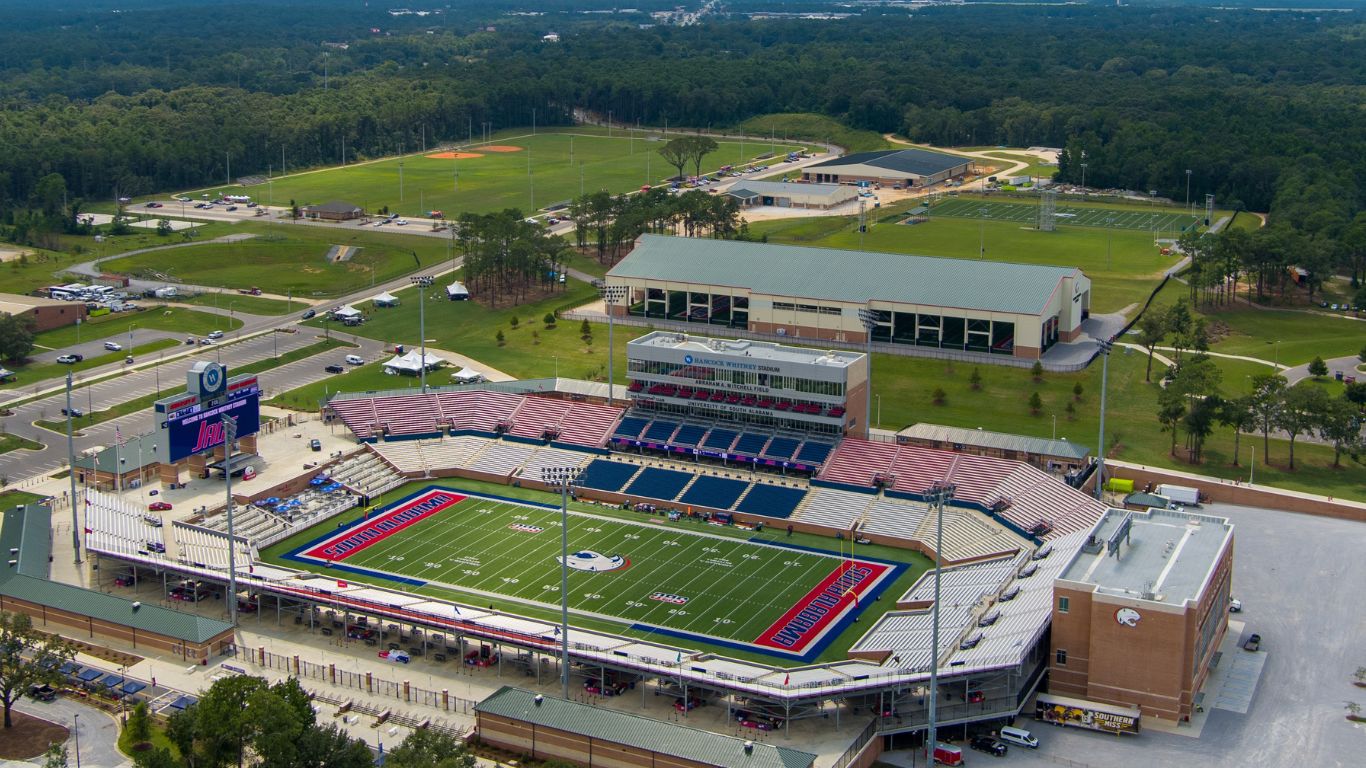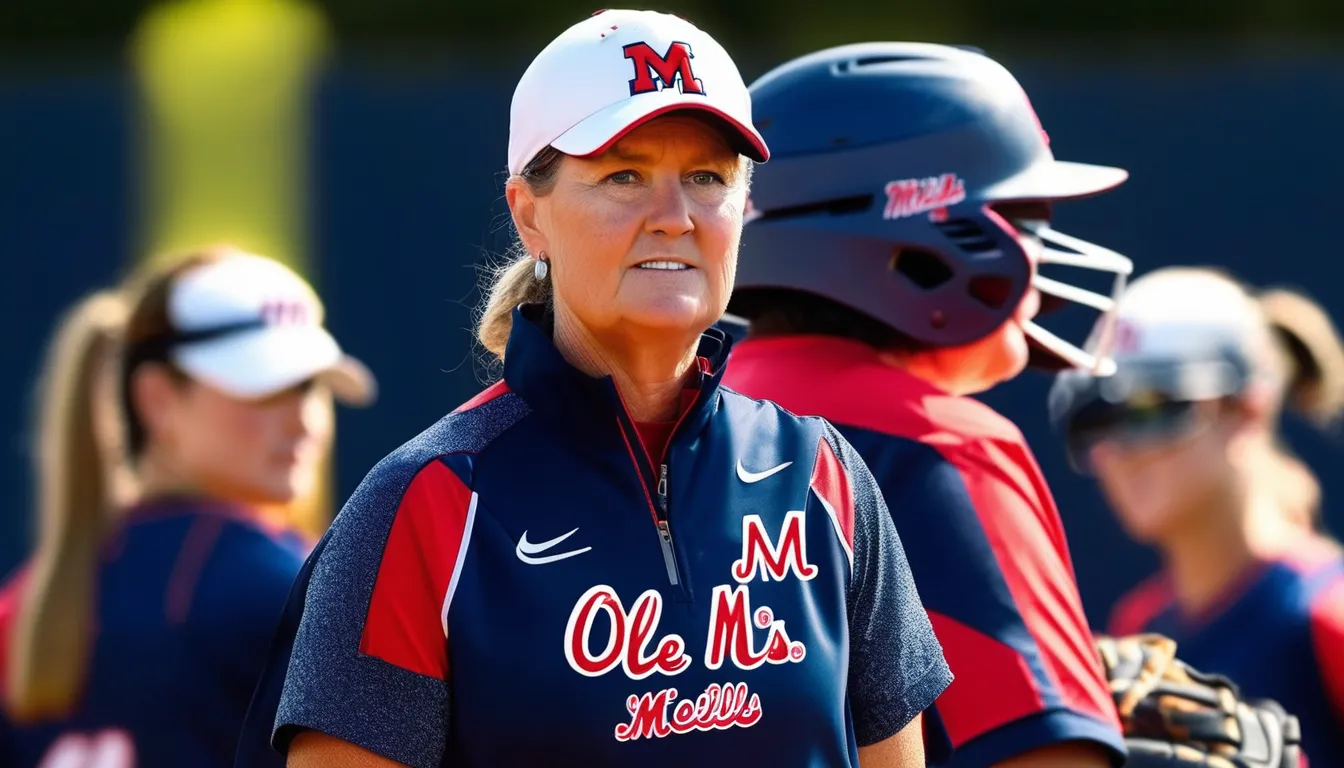High school baseball is a beloved sport that provides an exciting and competitive outlet for young athletes. The structure of high school baseball can vary depending on the league or state regulations. However, some standard rules and formats are widely followed. This article provides:
- An overview of the typical structure of high school baseball games.
- Focusing on the number of innings.
- Special rules.
- Variations.
Innings Length
In high school baseball, games typically consist of seven innings. Compared to the nine innings commonly seen in professional baseball, this shorter format keeps games engaging and manageable for student-athletes. While the duration of play can vary, a typical high school baseball game lasts about two to three hours. Playoff games with extra innings can extend up to three and a half hours.
Regulation Games

The standard high school baseball game is scheduled for seven innings. This format ensures a whole competition experience while balancing student-athletes time and physical endurance demands. Pitchers and players must often manage their efforts carefully over these innings to maintain peak performance.
Postseason Play
During postseason play, the excitement and intensity of high school baseball games increase. If a match is tied after the seventh inning, extra innings are played to determine a winner. There is no limit on the number of extra innings in playoff or championship games, allowing the contest to continue until a definitive victor emerges.
Overtime Rules
High school baseball leagues may implement various procedures for tiebreaker situations. In our league, extra innings break ties during regular and postseason games. In addition, certain leagues may have particular rules, such as the international tiebreaker rule, which starts each extra inning with a runner on second base to expedite scoring and conclude the game more quickly.
Special Rules and Variations
Mercy Rule
Many high school baseball leagues, including ours, implement a “mercy rule” to promote sportsmanship and prevent demoralizing losses. In our league, the game is called early if a team is leading by ten or more runs after five innings (or 4.5 innings if the home team is ahead). This rule helps avoid excessive scoring differentials and maintains a positive competitive atmosphere.
Pitch Count Regulations
Protecting the health and safety of young athletes is a priority. Our league adheres to strict pitch count regulations to prevent overuse injuries:

- Age 14 and under Maximum 95 pitches per day
- Ages 15-16: Maximum 105 pitches per day
- Ages 17-18: Maximum 120 pitches per day
Rest days are mandated based on the number of pitches thrown:
- 1-30 pitches: No rest required
- 31-45 pitches: At least one day of rest
- 46-60 pitches: At least two days of rest
- 61-75 pitches: At least three days of rest
- 76+ pitches: At least four days of rest
Substitution Rules
Our league follows standard high school baseball substitution rules, allowing for free substitution defensively while permitting starting players to re-enter the batting order up to two times. Coaches must notify the umpire of substitutions and starters’ re-entry to maintain the game’s integrity.
Player Eligibility
All players must meet state academic standards to be eligible to play, with no age restrictions. Transfer students are subject to state athletic association transfer rules to determine eligibility, ensuring fair competition across schools.
Equipment Regulations
- Helmets: Full ear protection required for batters and base runners
- Cleats: Only rubber or moulded cleats are allowed; metal cleats are prohibited
- Catchers: Full needed protective gear, including helmet, face mask, throat guard, chest protector, and shin guards
- Bats: Must adhere to BBCOR standards
- Baseballs: Must meet league and NFHS standards
FAQs
How long is a high school baseball game?
A typical high school baseball game lasts about two to three hours, depending on the pace of play and any extra innings required in postseason contests.
Can a high school baseball game end before seven innings?
A game can end before seven innings if the “mercy rule” is applied. The game is called early if a team is ahead by ten or more runs after five innings (or 4.5 innings if the home team is leading).

What happens if a high school baseball game is tied after seven innings?
Extra innings are played to determine a winner if a game is tied after the seventh inning. The number of extra innings for playoff or championship games is not limited, so the game continues until a winner is decided.
Are there limits on how many pitches a player can throw?
Yes, there are strict pitch count regulations to ensure the health and safety of young athletes. These limits vary based on age and require specific rest days depending on the number of pitches thrown.
Can a player be substituted back into the game?
Our league allows free defensive substitutions and permits starting players to re-enter the batting order up to two times. However, coaches must notify the umpire of any substitutions and re-entries.
What are the equipment requirements for high school baseball?
High school baseball players must use equipment that meets specific safety standards:
- Helmets with complete ear protection for batters and base runners
- Cleats, which must be rubber or moulded; metal cleats are not allowed
- Catchers’ gear, which includes a helmet, face mask, throat guard, chest protector, and shin guards
- Bats, which must comply with BBCOR standards
- Baseballs, which must meet league and NFHS standards
Are there any specific academic requirements for players?
Yes, all players must meet state academic standards to be eligible to participate in high school baseball. Additionally, transfer students must comply with state athletic association rules to ensure fair competition.
Conclusion
High school baseball offers an exciting and structured competitive environment for young athletes. With regulation games typically consisting of seven innings, special rules like the mercy rule, and pitch count regulations, the sport fosters competition and safety. Understanding these elements helps players, coaches, and fans appreciate the intricacies and enjoy the great high school baseball game. Whether it’s the thrill of extra innings in postseason play or the strategic use of substitutions, high school baseball remains a dynamic and cherished sport.










